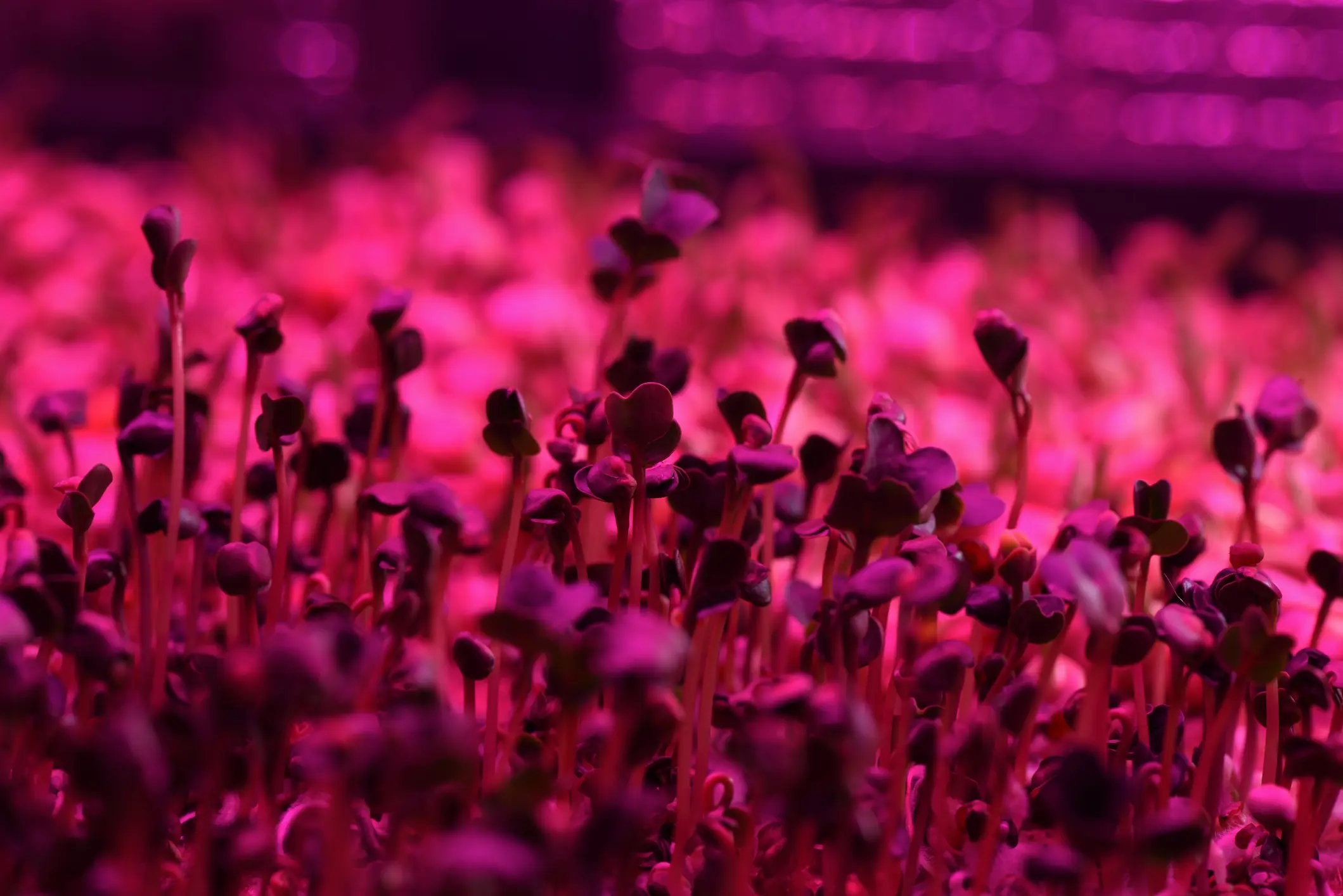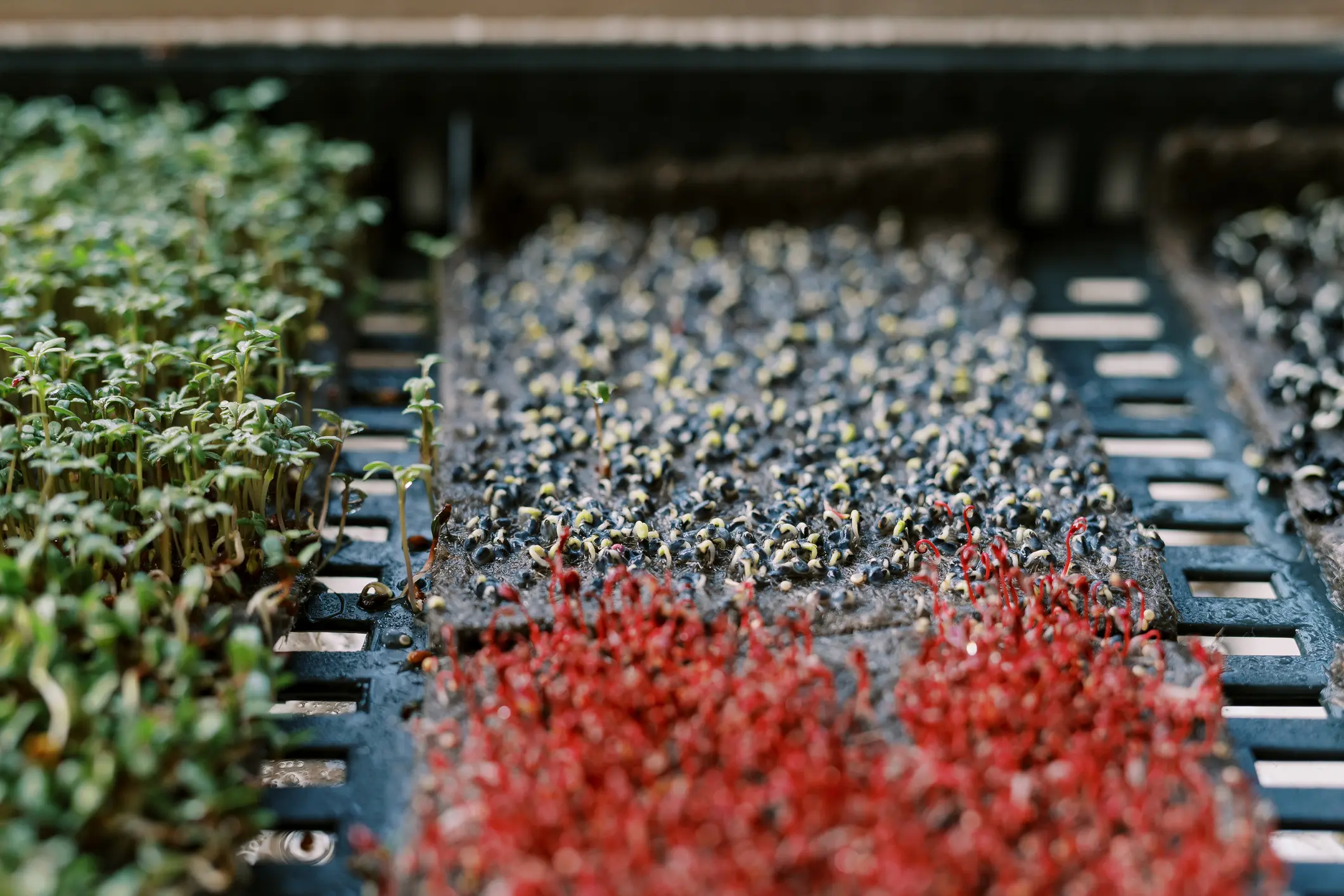Microgreen Farming for Profit: A Complete Guide for Small Farmers
Microgreens have emerged as a profitable niche for small farmers, offering an array of benefits, from high yields in small spaces to rapid growth and diverse market opportunities. This comprehensive guide explores how integrating microgreens into your farm operation can boost profits. We'll delve into the advantages of microgreens, the thriving market, growing techniques, diverse varieties, and essential considerations for successful cultivation.
What is microgreen farming?
Microgreen farming is the cultivation of young vegetables and herbs, harvested shortly after the first true leaves develop, usually within 7-21 days from germination. This agricultural practice is known for producing nutrient-dense greens with intense flavors and aesthetic appeal, catering to a wide range of markets including gourmet restaurants, health-conscious consumers, and direct sales. Importantly, for existing farms looking to diversify or increase their profitability, microgreen farming offers a straightforward and efficient addition to their operations. Its minimal space and resource requirements allow for easy integration into existing agricultural setups, providing a quick turnaround and high-profit margin with relatively low initial investment. This makes microgreen farming an attractive option for farmers aiming to expand their product offerings without the need for significant changes to their current farming practices.

What are the benefits of growing microgreens?
- Quick Turnaround: Microgreens have a short growth cycle, typically ready for harvest within 7-21 days, allowing farmers to produce multiple crops in a season.
- High Profit Margin: Despite their small size, microgreens command a premium price due to their intense flavors, nutritional density, and aesthetic appeal.
- Space Efficiency: These miniature greens can be grown in small areas—indoors or outdoors—making them suitable for small farms, urban gardens, or even as a supplemental crop for larger operations.
- Nutrient Density: Studies suggest that microgreens often contain higher concentrations of vitamins, minerals, and antioxidants than their mature counterparts, appealing to health-conscious consumers.
How to sell microgreens:
- Restaurants: Chefs value microgreens for their vibrant colors, unique flavors, and decorative elements to enhance the visual appeal of dishes.
- Farmers' Markets: Direct-to-consumer sales at farmers' markets offer an excellent avenue to connect with health-conscious consumers seeking fresh, locally grown produce.
- CSAs and Specialty Stores: Offering microgreens as part of CSA shares or supplying specialty stores caters to customers seeking premium, nutrient-rich greens.

How to grow microgreens:
- Seed Selection: Choose high-quality seeds specifically labeled for microgreen production. Popular varieties include arugula, radish, kale, broccoli, sunflower, and pea shoots.
- Growing Medium: Use a sterile, well-draining growing medium like potting soil, coconut coir, or peat moss in shallow trays or containers.
- Lighting and Temperature: Provide ample light (natural or artificial) and maintain temperatures between 60-70°F (15-21°C) for optimal growth.
- Watering: Mist or water the seeds regularly, keeping the growing medium consistently moist but not waterlogged.
- Harvesting: Once the first true leaves emerge (usually within 1-3 weeks), cut the microgreens just above the soil level using scissors or a sharp knife.

Things microgreens growers should watch out for:
- Mold and Mildew: Proper air circulation, adequate spacing between trays, and avoiding overwatering can prevent fungal issues.
- Pests: Monitor for pests like aphids or fungus gnats and address them promptly through organic pest control methods if necessary.
- Quality Control: Ensure cleanliness, proper sanitation of trays, and quality seed sourcing to produce consistent, high-quality microgreens.

Integrating microgreens into your small farm operation offers an excellent opportunity to diversify crops, maximize space, and increase profits. Their rapid growth, high nutritional value, and broad market appeal make them an attractive addition to any farm. By focusing on selecting quality seeds, proper growing techniques, and vigilant monitoring for potential issues, farmers can cultivate a successful microgreens enterprise. Whether selling to restaurants, farmers' markets, specialty stores, or directly to consumers, the demand for these nutrient-dense, flavorful greens provides ample opportunities for small farmers to thrive in the competitive agricultural market.